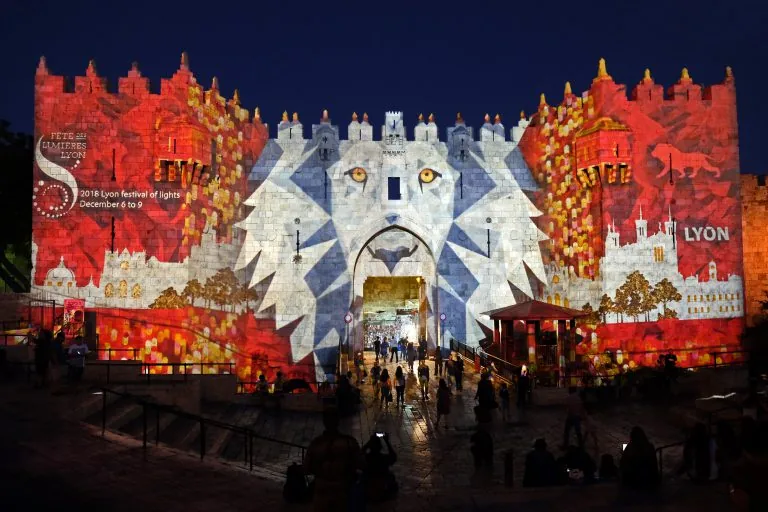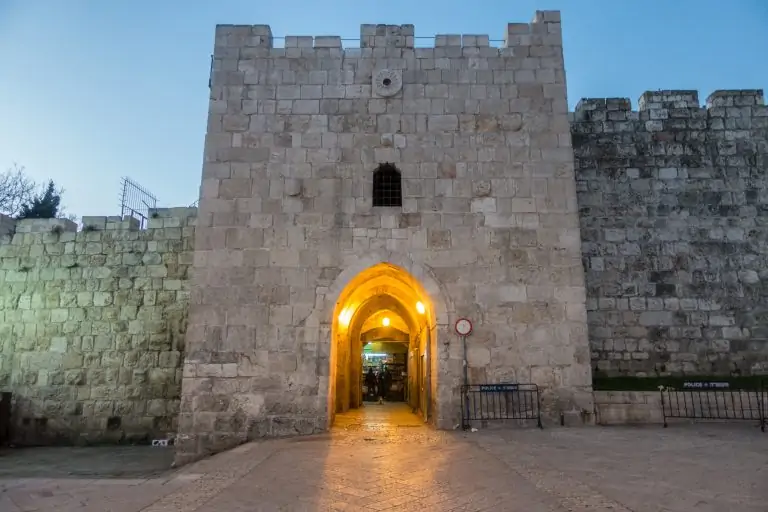The Water Gate Jerusalem: An Archaeological Journey into the Past
The Bible refers several times to Jerusalem’s water gate. The water gate Jerusalem is the place where the prophet Ezra read the Torah teachings to crowds, and it is one of the many gateways to the Temple complex listed as being rebuilt when the Isralites returned from their exile in Babylon. Scholars say the water gate was located on the east side of the Temple complex, and was named that due to its proximity to the Gihon spring and other water sources.
This gate was likely used to bring water libations into the temple, which were required as part of the Sukkot, or Festival of Tabernacles, service. The water gate Jerusalem could have also been used by the high priests to access ritual baths, especially during later Second Temple times, scholars say. This is one of the many Biblical landmarks that archaeologists have searched for over the years, as they try to reconstruct the building and development of Jerusalem.
The Ophel: Home to the water gate Jerusalem and other Biblical-era remains
Starting in 1968, Israeli archaeologist Benjamin Mazar led extensive excavations on the Ophel, the hillside east of where the Western Wall stands today, just outside the Old City walls. The findings in his exacations and others since then have uncovered remains going back more than 3,000 years, including to the First Temple period.
Among these findings was a gate that Mazar’s granddaughter, Eilat, also an archaeologist, identified in 2011 as possibly being the water gate Jerusalem. The gate was near what would have been the royal living quarters during the First Temple era. The area also contains an ancient watch tower, ritual baths and store rooms. Following these findings, the area and its ruins were opened to the public as part of the City of David site.
Exploring the Remains Today
The water gate Jerusalem is just one of the places mentioned in the Bible that visitors can see today when visiting the City of David. In addition to viewing the remains of towers, ancient royal living quarters and smaller but key findings like coins and inscriptions, visitors can explore the ancient Siloam pool and wade through ancient water tunnels. Special guided tours focus on this ancient water system, as well as other ruins.
This is one of the best ways to understand the layers and development of the ancient city of Jerusalem, as well as its role in biblical history. In addition to learning about the history of Jerusalem, this site also offers amazing views of the topography outside of the Old City, and has plenty of shaded spots to sit and relax.
The water gate Jerusalem is one of many Biblical-era remains discovered at the City of David just outside of the Old City Walls. A visit here is a great way to learn about the city’s history and development.
More Articles:


